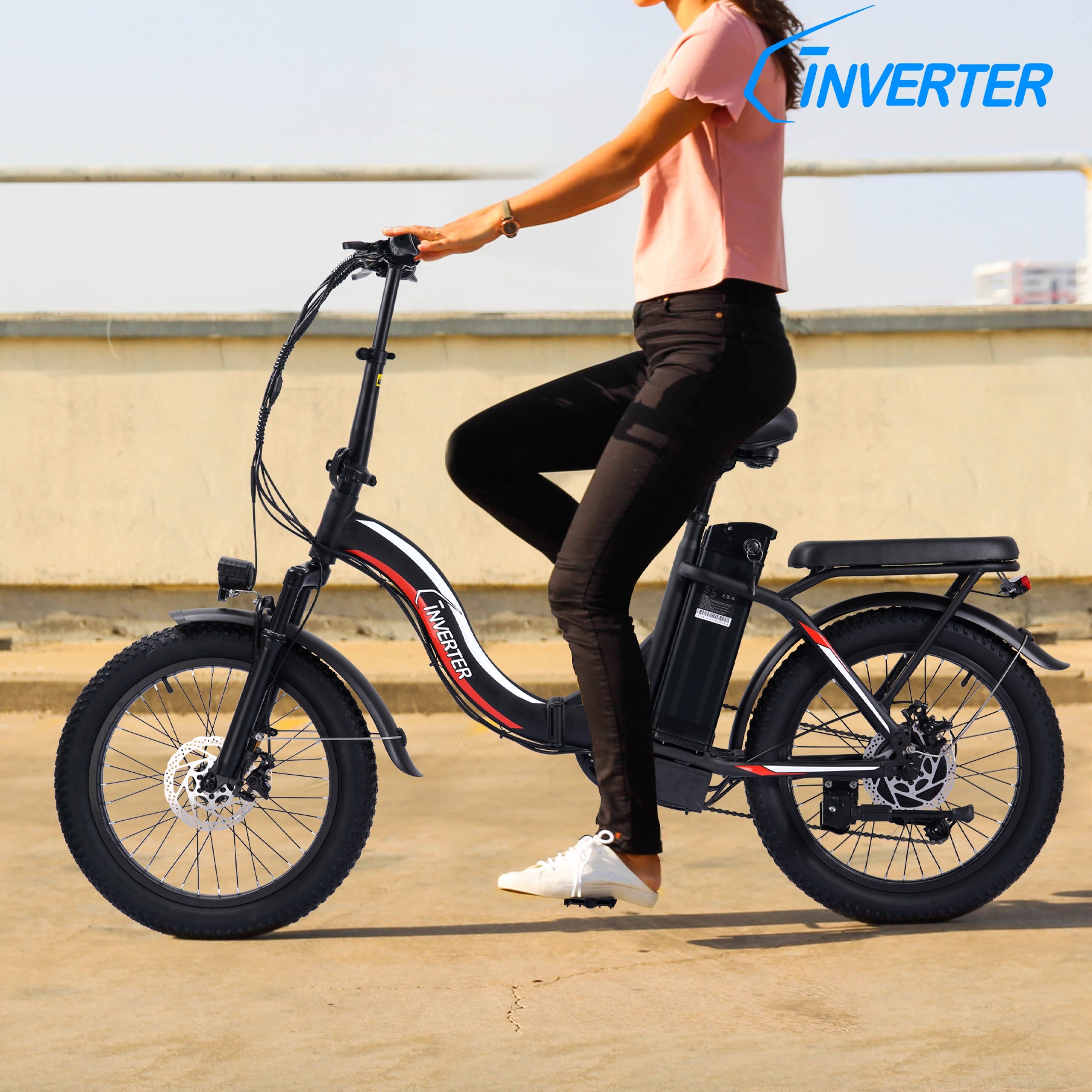Electric bike components play a crucial role in providing a safe and enjoyable riding experience. Understanding these components and how to control them is essential for beginners. This guide will walk you through the fundamental controls of an electric bike.
Handlebars
The handlebars are the primary control center of an electric bike. They are responsible for steering and typically house various control elements:
- Throttle: Often a twist-grip or thumb lever, it regulates the bike's speed.
- Brake lever: Activates the bike's braking system.
- Display: Some e-bikes have a display showing speed, battery level, and distance traveled.
- Buttons or switches: Manage lights, power on/off, and mode switching.

Wheels
Wheels are essential for a comfortable and safe ride. Consider the following when it comes to wheels:
- Size: Larger wheels are suitable for rough surfaces but may reduce portability.
- Material: Rubber, inflatable, or foam-filled materials each offer different benefits in terms of comfort, durability, and maintenance.
- -Motor Placement: Motors are often on the rear wheel, affecting balance and handling.
Deck or Frame
The frame of an electric bike, where you place your feet, is crucial for comfort and safety:
- Material: Frames are typically made of aluminum or steel for strength and durability.
- Size: A larger frame size can provide more space for your feet, enhancing comfort on long rides.
- Grip: Many frames have a textured surface to prevent slipping, especially in wet conditions.
- Battery Placement: Batteries are often located on the frame for better weight distribution and stability.

Learning to Control Your Electric Bike
Understanding acceleration, deceleration, and braking is key to mastering electric bike controls:
- Acceleration: Use the throttle on the handlebars to gradually increase speed.
- Deceleration: Release the throttle to slow down, ensuring you maintain control.
- Braking: Use the brake levers to engage the brakes, applying pressure without locking the wheels to avoid skidding.

Speed control techniques
Start learning to control your e-bike's speed on empty streets to ensure safety and allow for focused practice. Gradually build confidence and transition to busier streets as you become more comfortable.
Practice makes perfect
Consistent practice is key to mastering speed control. Set aside time daily for practice, progress at your own pace, and always prioritize safety.

Common mistakes to avoid
Avoid common mistakes such as not starting slowly, which can lead to a lack of control, potential damage to the e-bike, and an increased risk of accidents. Overcorrection can also cause balance issues, unexpected movements, and accidents.

Conclusion
This guide has provided an overview of electric bike controls for beginners, covering the basics of the bike's components, techniques for controlling acceleration, braking, and cornering, and prioritizing safety. Maintenance tips are also included to ensure the longevity and optimal performance of your e-bike.
By following this guide, beginners can confidently operate an electric bike while emphasizing safety and enjoyment. The guide not only imparts knowledge on how to ride an e-bike but also underscores the importance of regular maintenance for a safe and convenient commuting experience.


Leave a comment
This site is protected by hCaptcha and the hCaptcha Privacy Policy and Terms of Service apply.